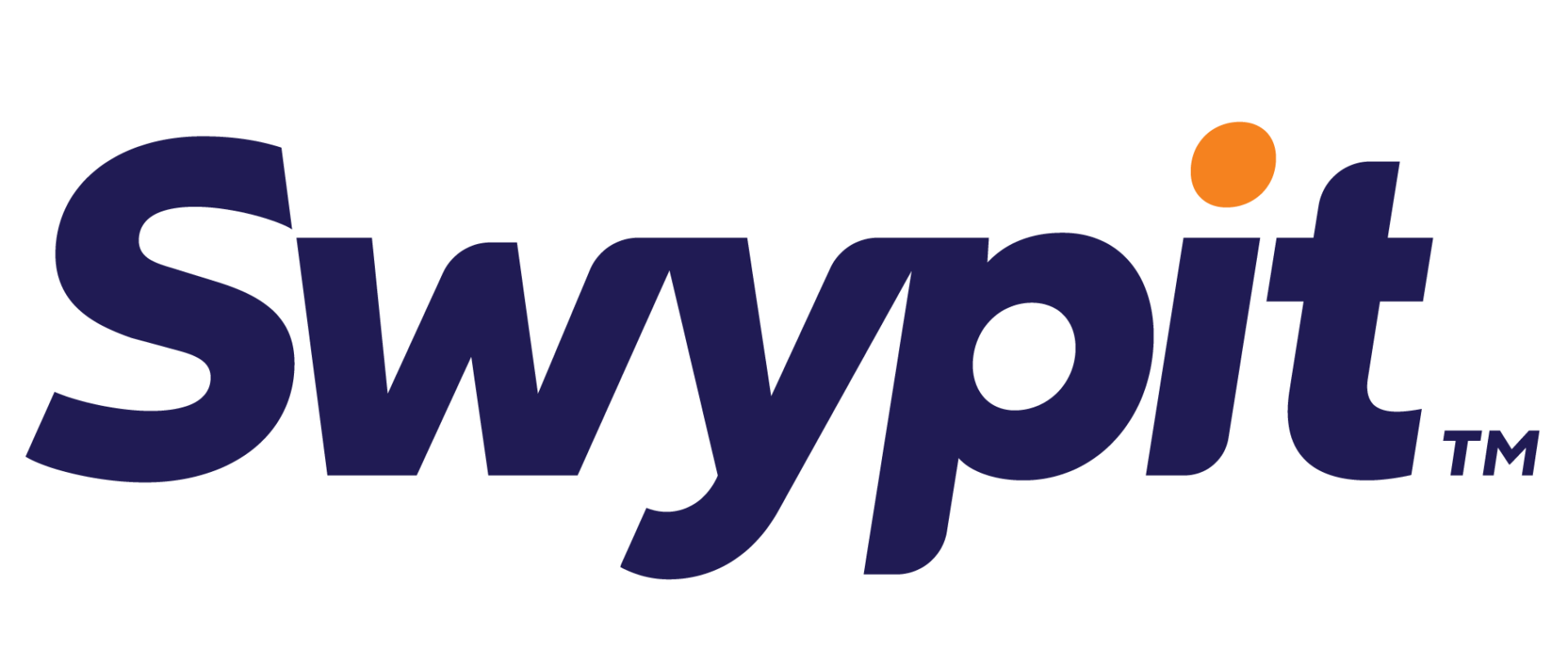How Switching to Virtual Meetings Can Save You Time and Money AND Increase Productivity

Blog
Meetings are a “must” no matter what industry you are in and no matter what you “do” for a living. Yet, many people believe meetings are unnecessary or an intrusion, leading to the common question, “Do we really need to meet?”.
The bottom line is that meetings often seem like a waste of time and nobody has time to waste. Therefore, whenever approaching meetings, the goal is to have an “effective” meeting that gets objectives accomplished as effectively and unobtrusively for participants as possible.
Today, hosting virtual meetings is an option many people turn to because it seems almost like the perfect answer to the meeting dilemma at times. Participants can attend from anywhere and so that eliminates “wasted” travel or commute time. You can even hold meetings at non-peak or “outside office” hours so that they don’t interfere with workday productivity. But of course, that does interfere with the personal time of participants so that doesn’t eliminate the desire for meetings to be conducted with as little wasted time as possible either.
Unfortunately, virtual meetings – while definitely beneficial in some of the aforementioned areas – can be even harder to make effective for many reasons, not the least of which is the myriad of potential distractions.
The bottom line is that virtual meetings aren’t a miracle answer to the meeting productivity dilemma. On the other hand, virtual meetings can save you time and money, as well as increase productivity, if they are managed well. However, it’s critical to implement creativity, strategy, inspiration, and appropriate communication tactics into your virtual meetings if they are to benefit your overall company or organizational goals.
Here are a few tips to improve the effectiveness of your virtual meetings:
- Have a meeting blueprint ready to go
Whether a meeting is going to be held in person or virtually, it is important to have a plan. You need to know who is primarily running the meeting, what topics will be covered, what the goals will be, etc. The blueprint for the meeting should entail each of these factors, as well as a format that will optimize productivity. Consider incorporating a tradition for each meeting also, such as one success or failure and what was learned from it, that has happened since the last meeting took place.
- Incorporate video, not just voice
Meetings and conference calls that lack visuals – with voices only – can easily be derailed with issues and misunderstandings that arise due to not being able to read another’s body language and only being able to hear their voice. Having the visual of the other attendees allows you to “read the room” and react accordingly. By having this visual, you can inspire the same productivity you would have if you were meeting in person.
- Have interactive meetings to engage everyone involved
People are easily distracted by emails and other work during virtual conference calls. To minimize these distractions, make the meeting more interactive. You could have a shared document that all attendees can contribute to during the meeting. You can also engage the participants by having them present various topics throughout the meeting via screen sharing. Anything that captures the attention of the participants and engages them in the meeting can be added to increase productivity. Meetings can be more enjoyable when attendees have been assigned a role to fulfill during the meeting, allowing them to actively participate. You can also directly ask for input from specific individuals to keep them interested and active.
- Share meeting success
Virtual meetings are a great way to communicate with your employees and coworkers when you can’t host a meeting in person, but they do have a lesser external visibility. Therefore, it is important to share the productive conversations and ideas that were brought up in the meeting. This can be done with a meeting recap, stating the next steps that need to be taken, and choosing a meeting MVP who had a major contribution to the meeting’s productivity.
